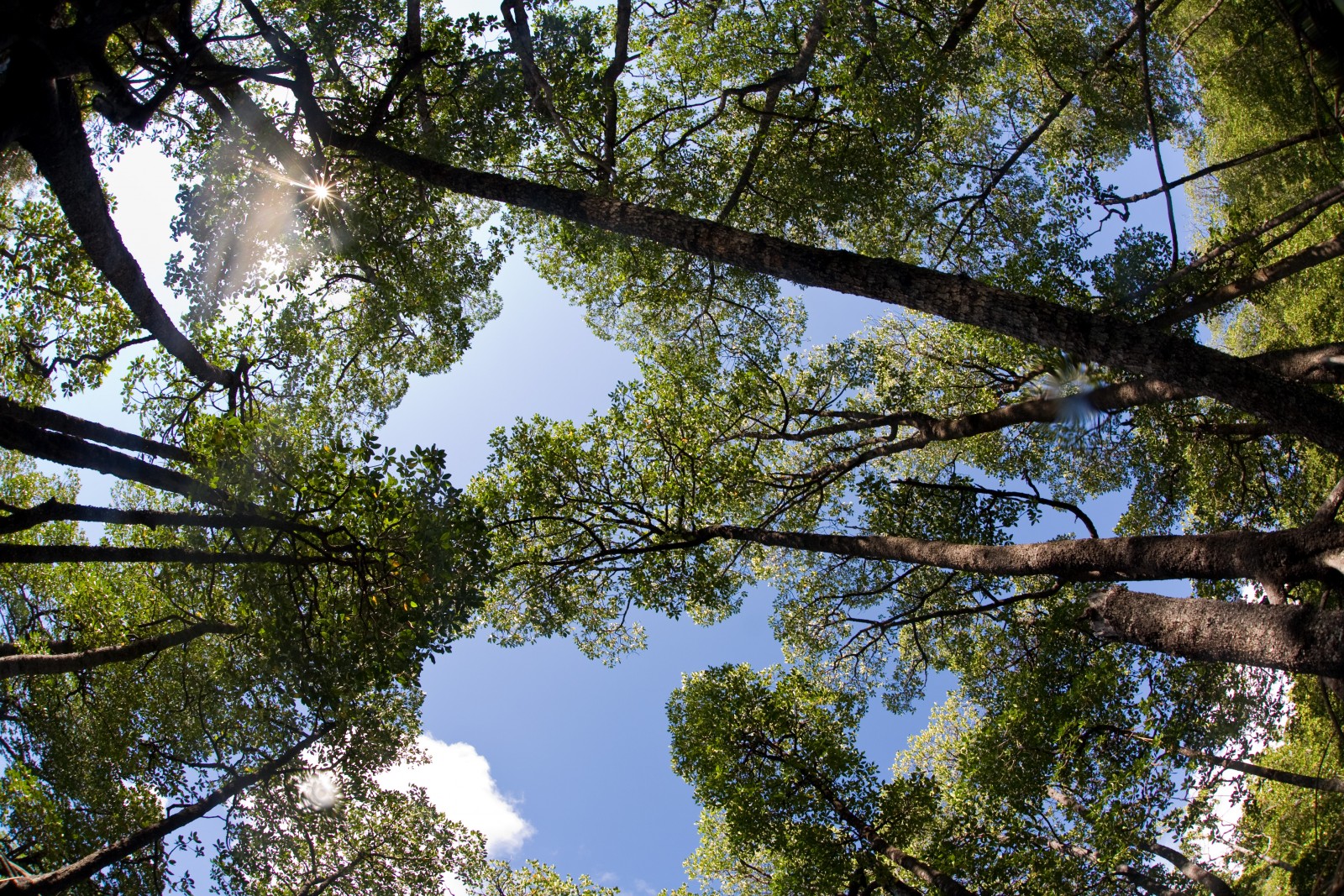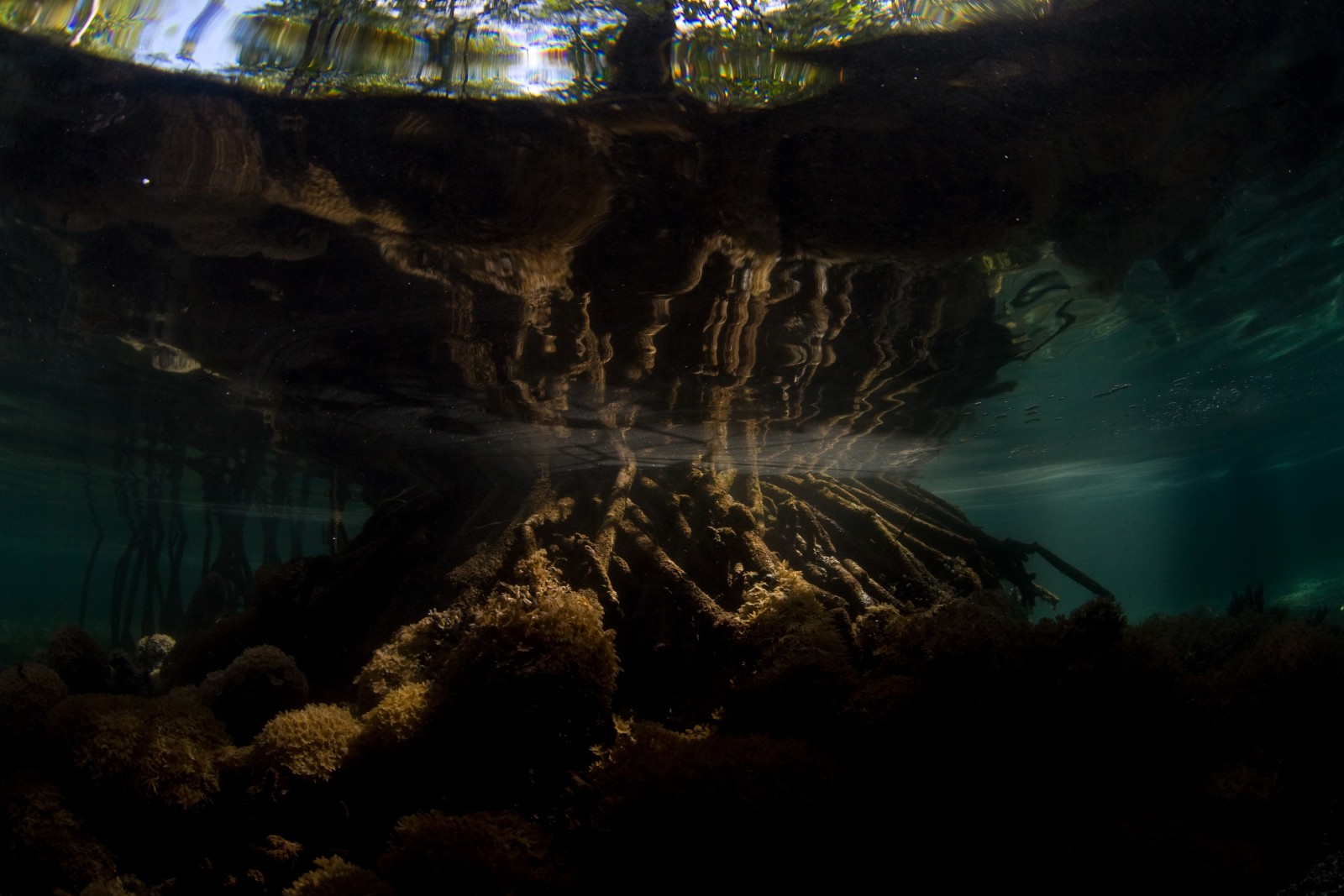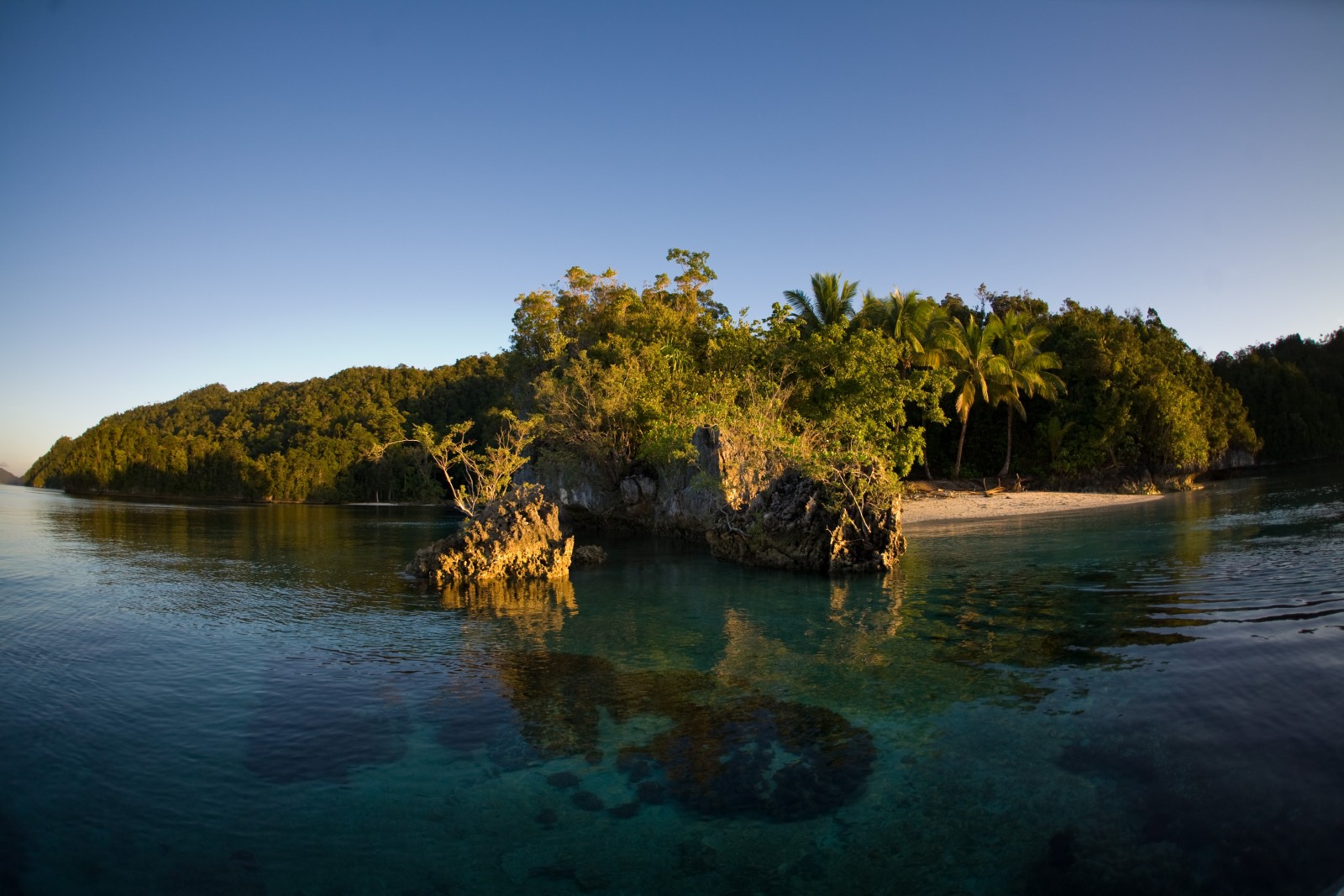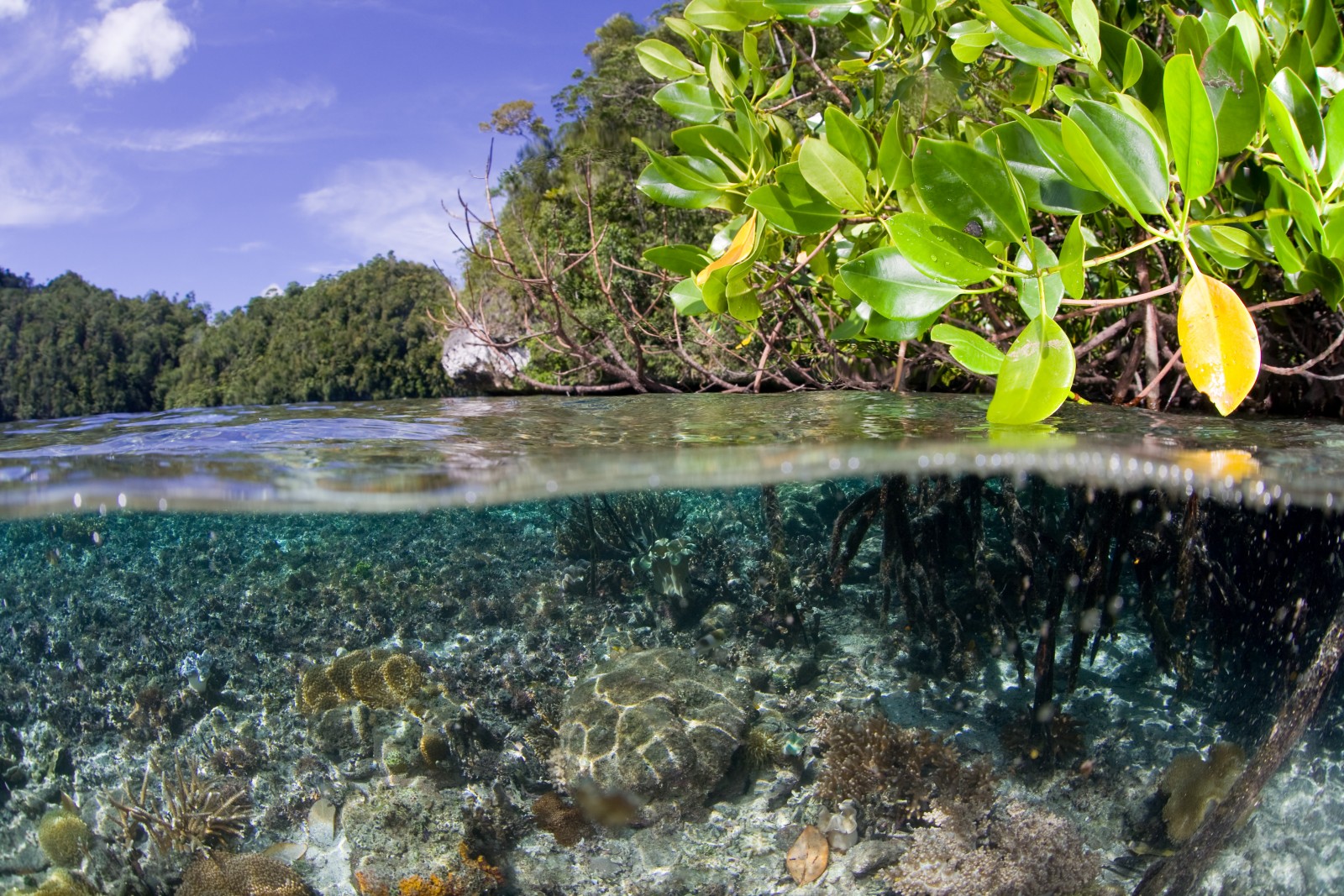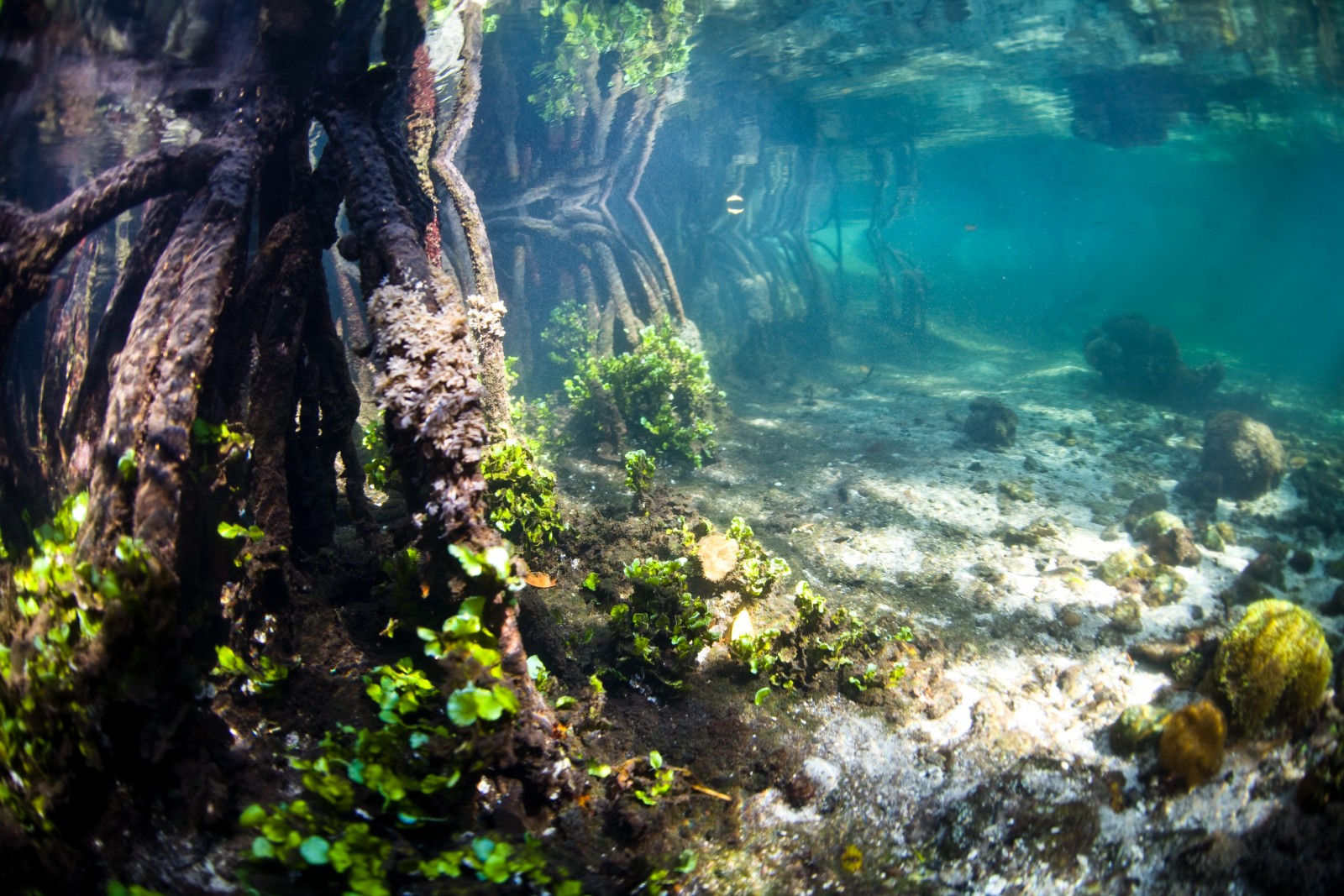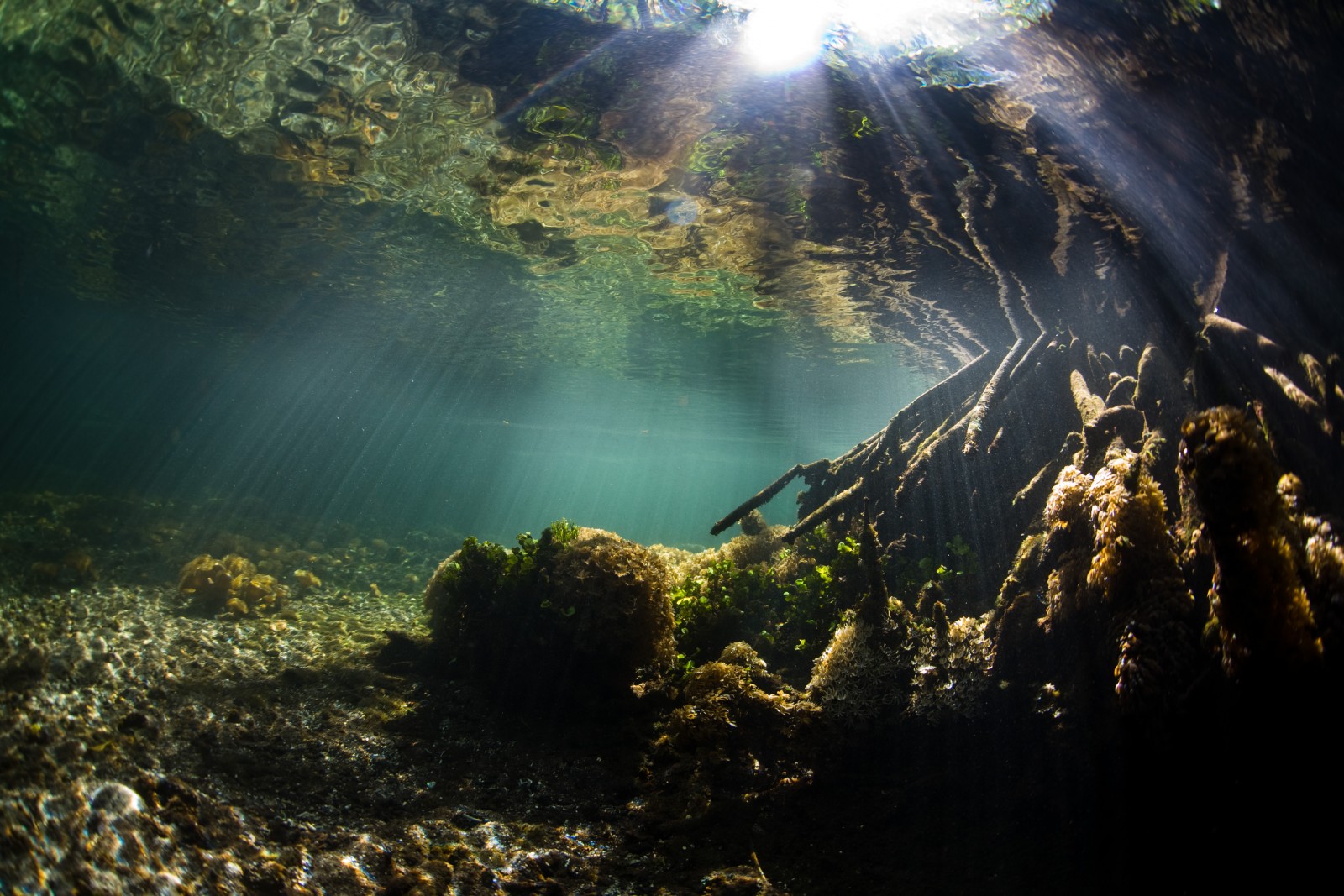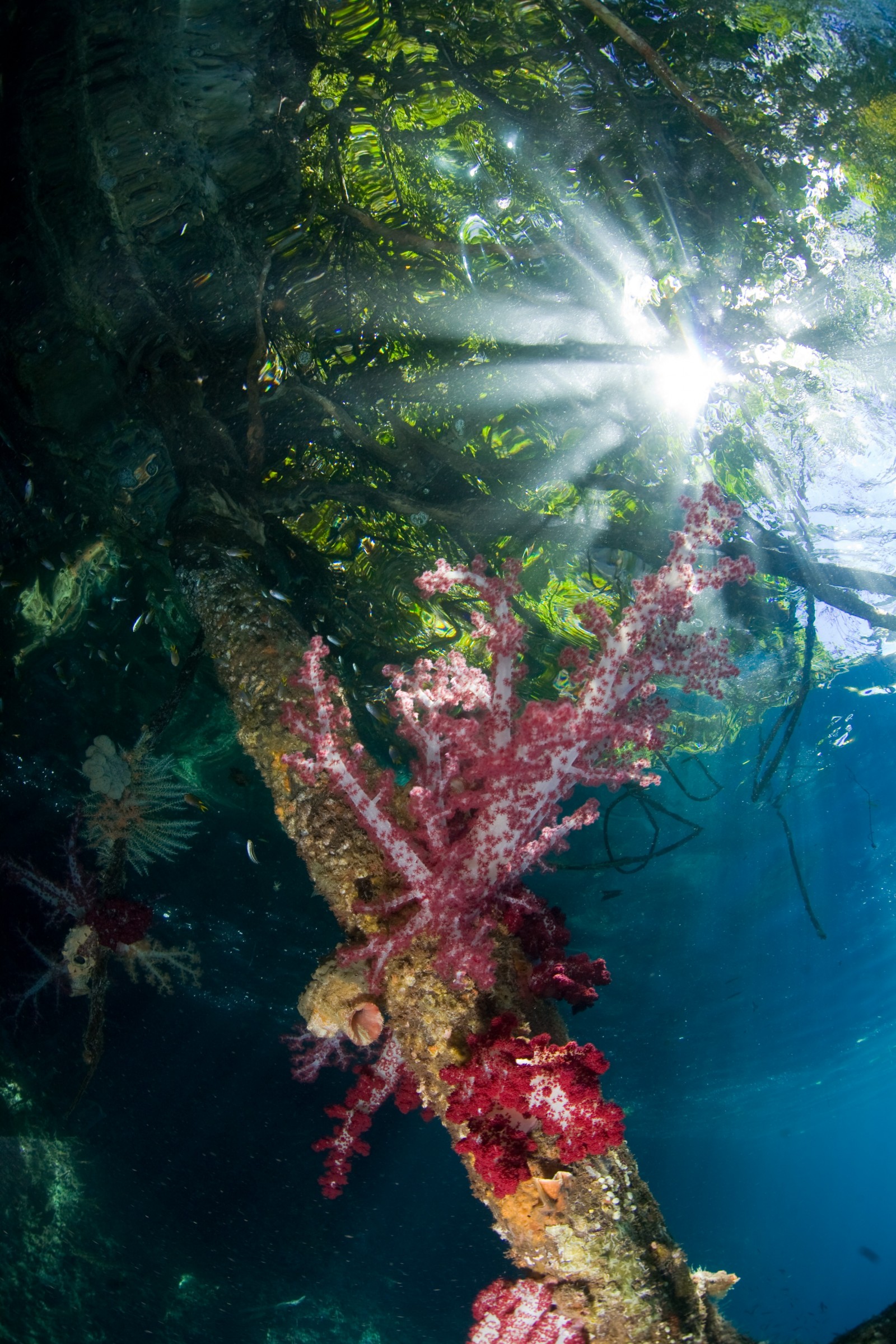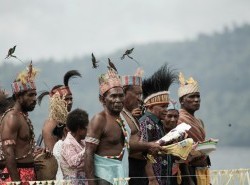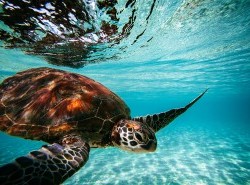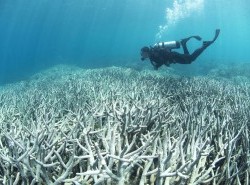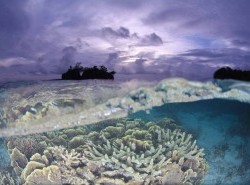Indonesia is home to the largest tracts of mangrove forests on earth – but they are disappearing at a rate of 1 to 2% a year, faster than anywhere else in the world. A recent study by Conservation International (CI) in the Indonesian half of New Guinea, the world’s second largest island, is trying to determine the potential value of these mangroves, both for Indonesia as a whole and for the Papuan communities that live among them.
Threatened mangroves and marine ecosystems in general get far less attention than tropical rainforests in climate negotiations, despite the many useful ecosystem services they provide. Mangroves are highly efficient carbon sinks, absorbing up to 10 times as much carbon dioxide as terrestrial forests. They are also important ecosystems, providing spawning grounds and habitat for hundreds of species, many of them commercially important. They are natural barriers to tropical storm surges and even contain chemicals effective in fighting cancer.
Aquaculture and agriculture – shrimp farming and palm oil in particular – are the biggest threat to Indonesia’s mangroves. CI estimates emissions from mangrove degradation are equivalent to the total annual emissions of the UK. But the CI project hopes to develop coastal management models that harness and monetize the carbon sequestering potential of mangroves, which translates as somewhere in the region of 30 million tonnes of carbon dioxide not entering the atmosphere.
The current survey, which is taking place in Arguni Bay in the remote south eastern part of West Papua, has already measured high carbon stocks, with an average of 595 megagrams of carbon per hectare, equivalent to around 300,000 gallons of petrol. This could be enough to prove the viability of Indonesia’s mangroves on the carbon market.
“As a whole, Indonesia has one third of the world’s total coastal carbon content,” says Jennifer Howard, Marine Climate Change Director at CI. “The idea is to get the country’s mangroves into the policy fold and start monetising them.”
A model is already in place for Indonesia’s rainforests through the UN’s REDD+ initiative, which offers financial incentives for tropical forest management programmes that help mitigate the impacts of climate change. With sufficient data and proper economic evaluation, mangroves could be included in the initiative. “Blue carbon is an additional ecosystem service that allows communities to have access to international funding mechanisms such as carbon markets and other funding opportunities,” says Howard.
It may be some time before a viable market can be established at the global level, and there are currently no voluntary mangrove carbon trading schemes nationally in Indonesia. The third option is to go to a third party auditor, who will charge a substantial fee. But beyond the hoped for macro economic and environmental benefits, the pilot project in Arguni Bay is working with communities to try and establish a more immediate incentive for keeping mangroves intact, in the shape of a sustainable crab fishery. CI estimates the industry could deliver a tonne a month of product if the right market can be found, possibly on the island of Bali.
